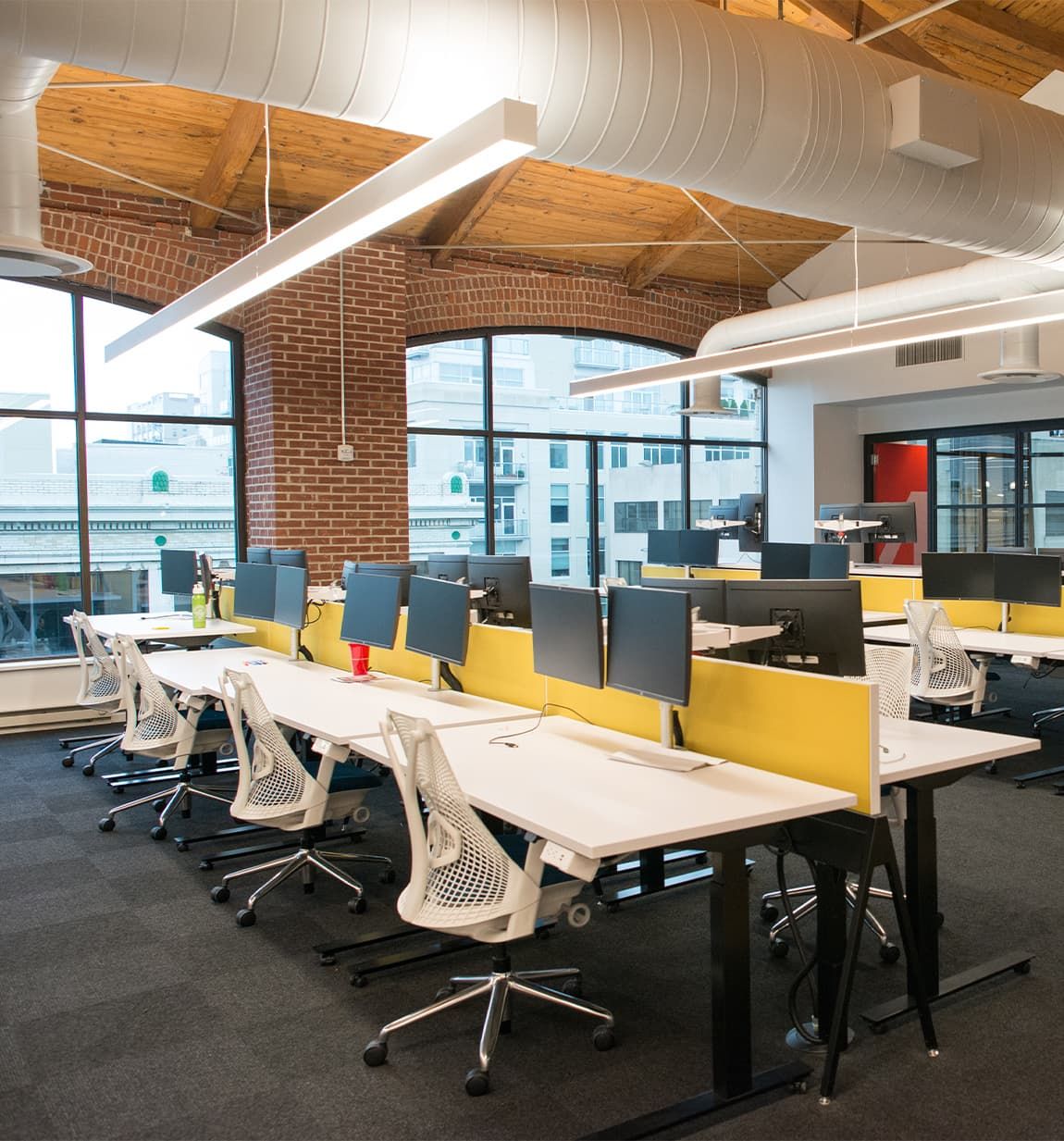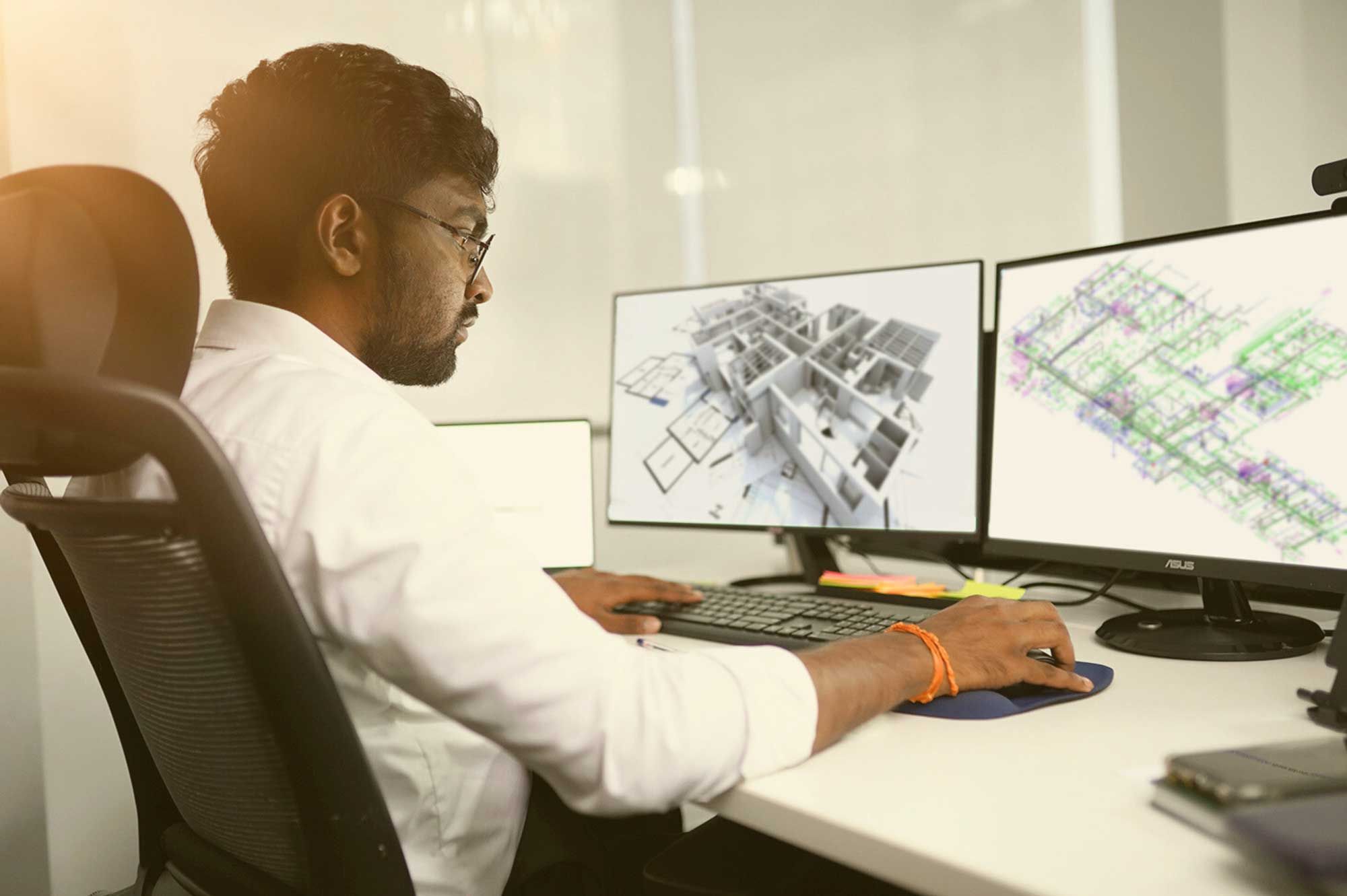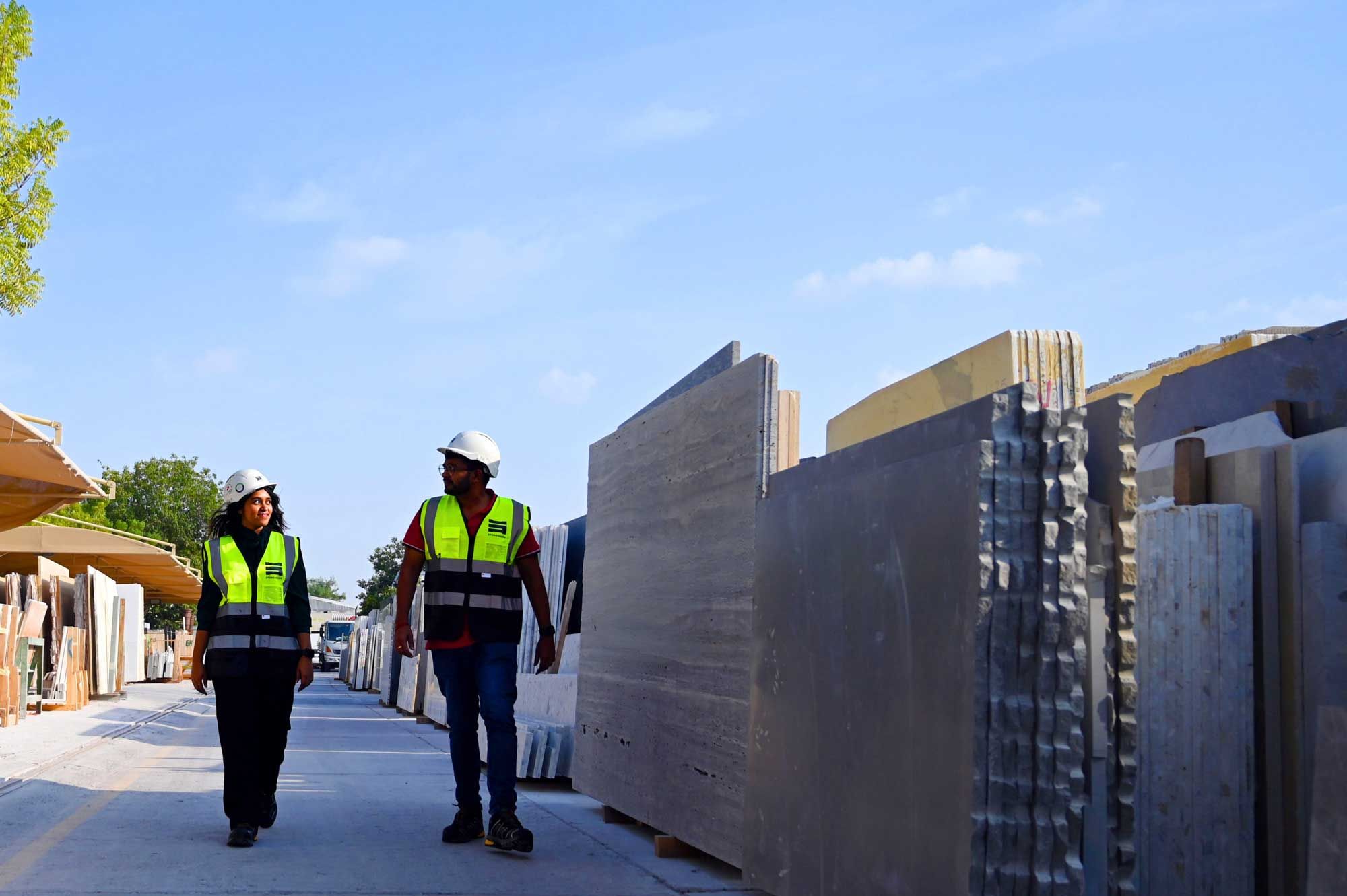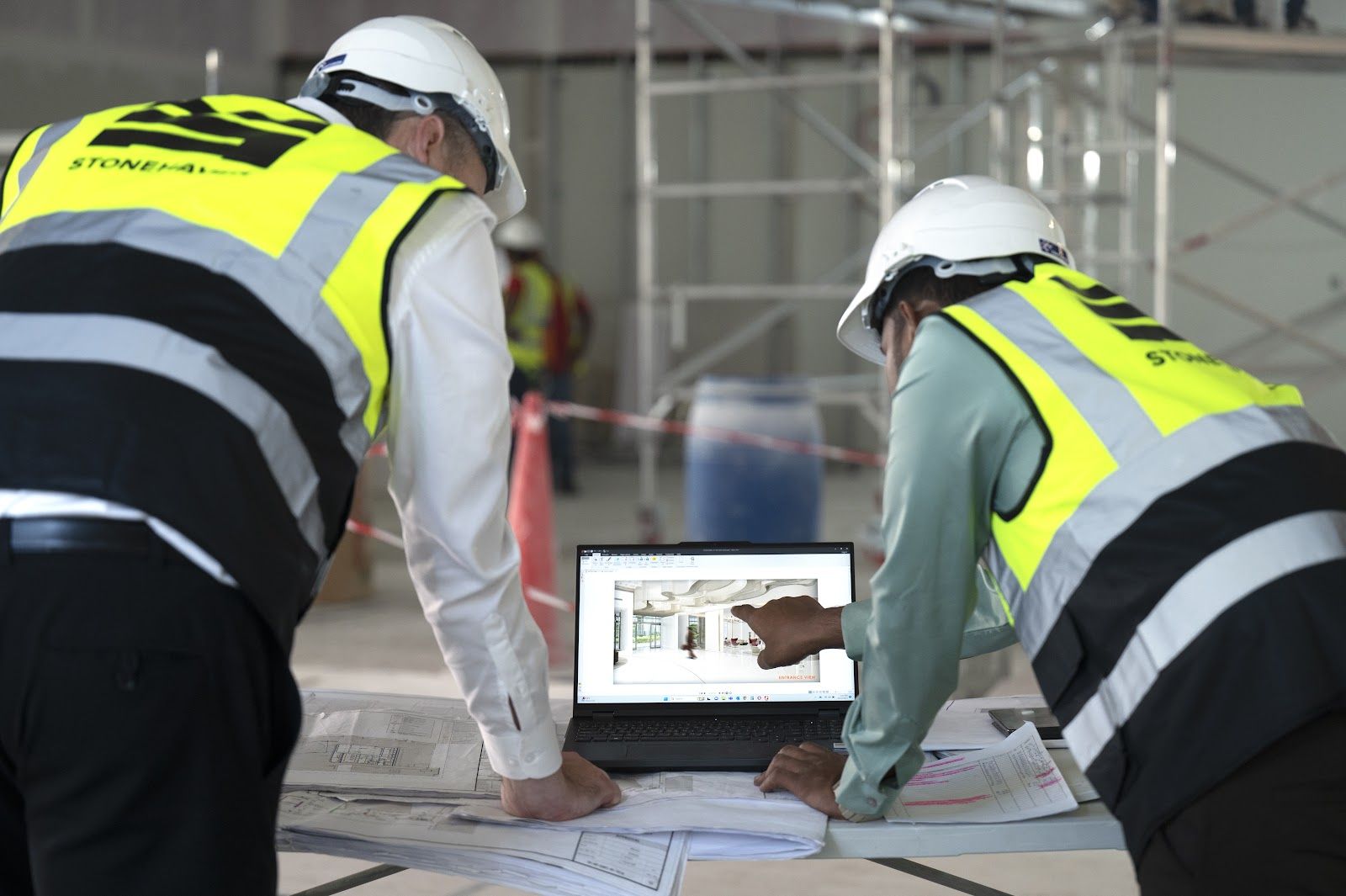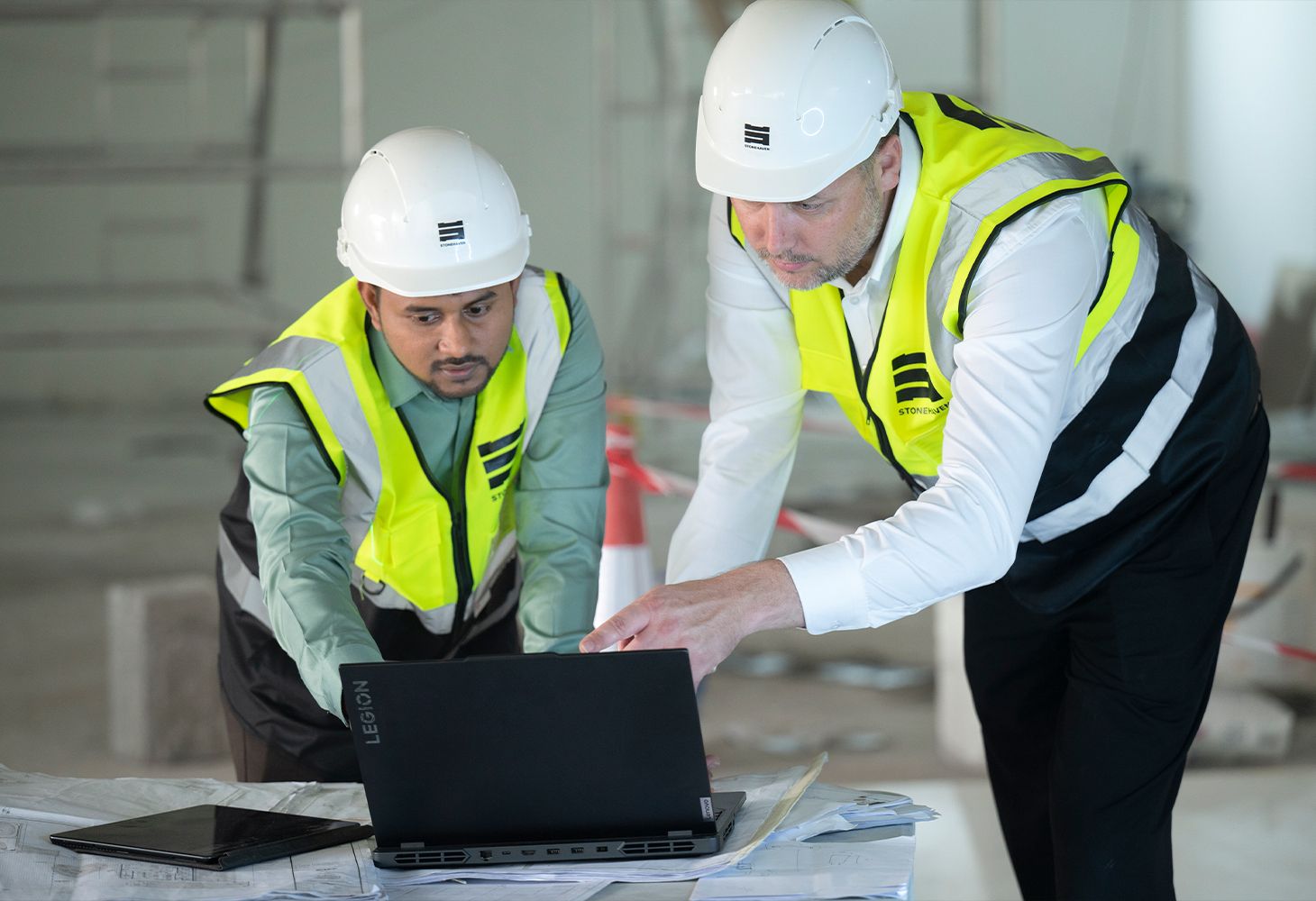The cars are getting smarter. But are the roads ready?
Dubai’s skyline tells stories of ambition, speed, and spectacle. But as the city prepares to deploy autonomous vehicles (AVs) by 2026, another story is being written—quietly, beneath our tyres and traffic lights. One where infrastructure becomes intelligent, invisible, and deeply strategic.
This isn’t just about upgrading roads. It’s about reinventing them.
The Illusion of Effortless Motion
Autonomous vehicles promise a seamless ride: no driver, no confusion, no waiting. But beneath that promise lies an intricate web of civil engineering, communications infrastructure, and systems integration.
Dubai’s trials, launched in partnership with Pony.ai and sanctioned under Law No. 9 of 2023, mark a pivotal step. The goal: 25% of all trips to be driverless by 2030. To support this, intersections must become adaptive, road surfaces must embed sensors, and connectivity must be near-instantaneous. These are not minor tweaks—they’re fundamental shifts in how roads are planned, built, and maintained.
Smart intersections, once a fringe concept, are now foundational. V2X (Vehicle-to-Everything) systems must allow cars to “speak” to street furniture, traffic signals, and each other in real time. The materials used in road construction will change to accommodate embedded tech, heat resistance, and long-term sensor durability.
In other words, tomorrow’s roads aren’t just built—they’re programmed.
The Strategic Layer Beneath the Surface
This evolution demands more than new materials and designs. It requires disciplined planning, cross-sector coordination, and forensic cost control.
Retrofitting existing infrastructure while maintaining Dubai’s traffic efficiency is no small feat. Cost consultants must anticipate not just material prices but technology cycles, system redundancies, and maintenance curves for smart assets. Lifecycle cost planning, once a value-add, is now a necessity.
Dubai’s Law No. 9 mandates that infrastructure align with specific AV-readiness standards. Compliance isn't just regulatory—it’s also deeply technical. Without expert input from construction project managers and infrastructure consultants, cost overruns and schedule slippage become inevitable.
At Stonehaven, we see AV integration as a programme management challenge as much as a construction one. It requires precise sequencing, from procurement to commissioning, with consultants steering both cost and complexity. Every delay in sensor calibration or misalignment of software with road geometry can derail progress.
This is where intelligent cost strategy becomes critical to keep future promises intact.
Designing Around Expectations
For most users, the magic of autonomous vehicles will be in the experience: smooth pick-ups, predictable routing, and the silent hum of software-driven motion. But for developers, city planners, and transport authorities, the work is far more granular.
Clients expect world-class infrastructure that feels invisible in its operation and flawless in its delivery. Regulators demand safety, failovers, and audit trails. Contractors must juggle tight schedules, imported systems, and high-stakes coordination with telecom and data providers.
And all of this is happening in real-time—with Dubai's 2026 deadline looming large.
Design teams, cost engineers, and consultants must collaborate across disciplines. They must model digital twins to simulate outcomes, embed predictive maintenance tools to reduce lifetime costs, and integrate sustainability measures like carbon accounting into every procurement phase.
Autonomous vehicles might seem like a tech story. But it's ultimately a construction story—one written in the language of cost, coordination, and cultural fluency.
The Hidden Costs of Going Driverless
When roads become intelligent, so must the way we cost them. You’re no longer just pricing asphalt and kerbs. You’re dealing with embedded sensors, fibre conduits, V2X infrastructure, and system integration layers that evolve faster than your standard procurement cycle.
Here's what changes:
● Every intersection becomes an IT node — requiring civil works, comms, power, and cooling.
● Maintenance isn’t reactive anymore — it’s predictive, data-driven, and more expensive upfront.
● AV projects carry tech obsolescence risks. If you're not modelling lifecycle cost curves or tech upgrade intervals, you're budgeting blind.
AV-ready roads demand lifecycle thinking from day one. As a QS, that means stress-testing cost forecasts against shifting regulations, calibration delays, and vendor lock-ins. It also means mapping operational costs just as seriously — because AV infrastructure doesn’t just get built. It evolves.
In this space, construction cost control becomes a digital strategy. And the QS? We’re no longer just tracking materials and labour — we’re tracking bandwidth and backend too.
The Road Ahead is Smarter
Dubai isn’t just building infrastructure for autonomous vehicles. It’s building infrastructure for trust.
And trust is earned in the substructures that go unseen—programmed intersections, layered communications networks, and asset strategies that will outlast the vehicles themselves.
As we move toward 2030, the most important systems won’t be in the cars—they’ll be in the kerbs, conduits, and control rooms. And those building them will need to think not just like engineers, but like futurists.
Featured Perspective
This article includes contributions and insights from Jeewantha Lakshan, Cost Manager at Stonehaven whose project experience in the industry has shaped much of this discussion.
Jeewantha is an experienced Quantity Surveyor with four years of industry experience. He excels in cost estimation, contract administration, and project budgeting. His ability to analyse and optimise the financial aspects of construction projects contributes to their successful execution.
Ready to Rethink the Roadmap?
At Stonehaven, we help developers, consultants, and authorities align their transport infrastructure with what’s next—intelligently, efficiently, and strategically.
If your project involves cost planning and project management for future-ready mobility projects, let’s talk.






